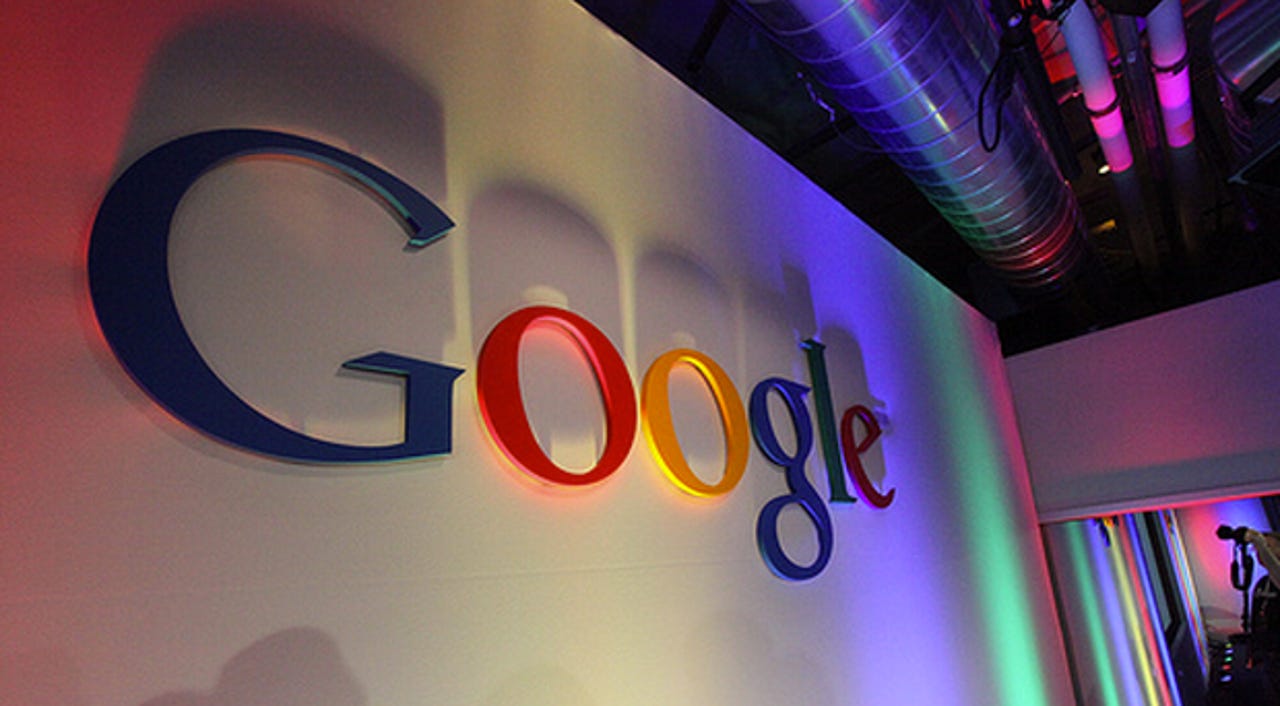Google confirms plans to become the 'Nexus' of wireless carriers


In a speech at Mobile World Congress 2015 in Barcelona, Spain, Senior Vice President at Google and overseer of app development Sundar Pichai confirmed Google's plans, but said the core point of the project is to break down barriers to connectivity.
Featured
"There are four billion people in the world that don't have access to connectivity," Pichai said, according to The Verge's live blog. "We want to do better with this. At Google we're taking the same approach to connectivity as our other projects."
Google has been working on connectivity and wireless access projects for some time. There are three main prongs to the Mountain View, CA-based firm's approach, the first of which is Google Fiber.
Google Fiber is an ultra-fast broadband service which is slowly creeping across the United States. Offering up to one gigabit in upload and download speed, the service was originally launched in 2013 but the amount of work and investment it takes to lay down appropriate cables has meant expansion is slow -- and is currently only three cities, with another four undergoing construction.
Secondly, Google's Project Loon -- which began four years ago as an experiment -- may have seemed ludicrous at the time, but has borne fruit. Project Loon develops balloons that once released in the sky act as floating cell towers, giving Internet access to urban areas. Helium balloons that circle the globe on stratospheric winds carry signals to households up to 20km below. The project has expanded following initial trials above Christchurch in New Zealand in 2013.
Pichai said Project Loon is a "huge undertaking," but the company "has made huge progress." The executive commented:
"Two years ago, we could barely keep the balloon up for 3 days, and it served 3G. We knew we needed to stay up for 3 months, today we're up in the air for 6 months at a time. We've started large-scale testing with Vodafone, Telstra, Telefonica. We think with Loon we can bring connectivity to many rural areas in the world."
The third approach is Project Titan. After acquiring Titan Aerospace in 2014, the firm's team worked closely with Project Loon in order to develop drones capable of delivering Internet speeds of up to 1GB/second.
The firm plans to launch the drones in the coming months.
Pichai said that Google wishes to apply the same principles to being a network carrier that the Nexus demonstrated -- pushing the boundary and an ecosystem approach with strong corporate partnerships. The executive said:
"It's a very small scale compared to the rest of the OEM industry, but it pushes the needle. I think we're at the stage where we need to think of hardware, software, and connectivity together. Especially with things like watches. We don't intend to be a carrier at scale, and we're working with existing partners. You'll see some of our ideas come to fruit in the next few months."
In the US, it is likely that existing carrier heavyweights such as Verizon and AT&T will be less than pleased by the search engine giant's plans. When asked, Pichai said Google "has talked to them about this," and is working with partners to avoid problems.
In addition, becoming a mobile virtual network operator (MVNO) will not be about undercutting the competition; instead, Pichai said the project is about "showing innovations" -- for example, calls automatically reconnecting if someone drops on one end.
In short, Google's plans to become a wireless carrier are less about snagging subscribers, and instead revolve around "breaking down how connectivity works," according to the executive. However, in a market which is already highly competitive, Google's entry in any fashion has the potential to cause major disruption.
Read on: In Google's world
- Google hunts for self-driving car partners
- Google readies Android for the connected car
- Google triples Chrome bug bounty rewards to $15,000
- Google lures startups to cloud following with $100,000 credit
- Google tests ultra high-speed wireless Internet technology
- Google launches quantum processor, artificial intelligence project